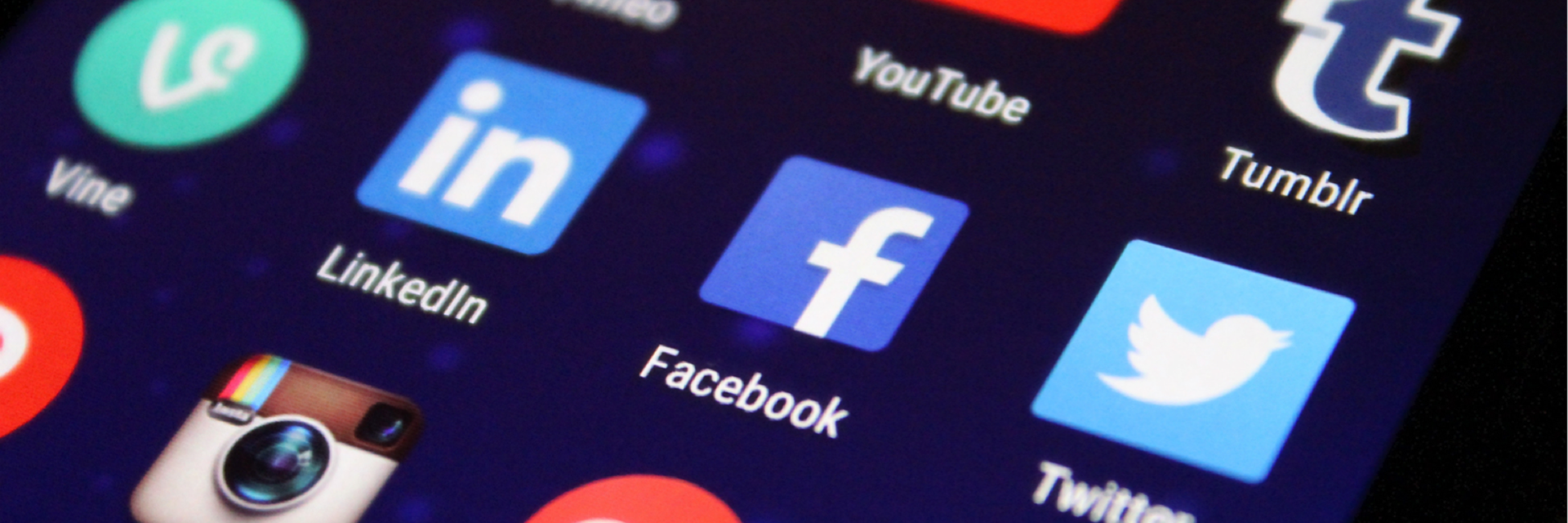“The secret of change is to focus all of your energy, not on fighting the old, but on building the new.”
Socrates
Whether we like or not, the fast growth of social media is having a major impact on our personal and professional lives.
Social media is the space where patients are engaging, sharing their healthcare experiences and seeking health information. More people than ever are searching online for health information. In 2009 PEW research in US reported that 61% of adult internet users had looked online for health information.(1) By 2014 that number had grown to 72%. (2) According to a recent PEW research in US, at least 80% of Americans are turning to Dr. Google before an actual doctor. Among patients presenting to an orthopaedic academic centre in US, sports medicine patients were found to be the higher users of social media (3)

Figure 1. Patients report the measurable impact health information found online has on their health-related decisions.
Healthcare professionals find their own value in online health information. 90% of physicians consider the internet to be an indispensable professional resource, relying heavily on it for immediately accessible guidance. Following what their peers are discussing and sharing is the most popular social media activity for 60% of physicians.(4) Video platforms such as Vumedi where surgeons share surgical techniques and debate specialized topics in the field of orthopaedic and sports medicine surgery are increasingly more popular among surgeons. For these physicians, a significant part of their professional life and networking has moved online. More and more healthcare professionals are using social media, platforms such as LinkedIn in their job searches.(4)
Figure 2. Healthcare professionals found their own uses for social media.
There are many benefits for both the healthcare consumer and the healthcare provider from engaging on social media. Social media helps to educate patients and build awareness of available care and treatments for their condition. Social media helps the healthcare consumer to engage with fellow patients and share their healthcare experiences and results of their treatments. Social media can build a sense of community among patients. Equally, social media is beneficial for the healthcare provider (i.e. surgeon, physician, physiotherapist etc.) in providing a platform where the patient can interact with us. Various social media platforms provide us with an audience where patients are already organised in patients groups and are actively seeking information and interaction with professionals. Social media can help the patients trust us more. Building trust in healthcare is vital and sometimes can be a challenge. Empathetic behaviour is one of the best ways to build trust and social media can be a great tool for expressing and sharing empathy. Social media helps us gauge the patients’ expectations and satisfaction with our services. It is an easy place to gather feedback and to get a sense of how satisfied the patient is with you. Social media lets you tell your story. It’s a way for the patient to learn not only about what you do but also why you do what you do and what your values are. Social media tends to be a more cost-effective method in engaging with the healthcare consumer compared with the traditional advertising by allowing us to address to a specific audience more easily and directly. After all, social media in healthcare can result in greater efficiency.
At the same time, social media can also have a negative impact on patients’ healthcare experience. This potential deleterious effect makes me worried about the use of social media by healthcare providers without ethical and scientific rigor. The concern is that ‘fake news’ in healthcare is rampant, so when patients reach for health information online, they may find information that is untrue and potentially dangerous. Often this information builds patients unrealistic expectations and lure them with ‘miraculous’ treatments so they will continue to share the information to further compound the issue. In turn, building unrealistic patients expectations will lead to patient disappointment with our available treatments. Often those ‘miraculous’ treatments promising ‘miraculous’ recovery are performed at an exorbitant cost for the patient and the society. More often those treatments are promoted on social media as they are lacking scientific evidence and therefore not being published in peer-reviewed, reputable medical journals.
In order to promote the benefits of social media engagement in sports medicine and at the same time protect our patients from its potential negative impact, we should be aware of the potential pitfalls and risk of social media and be careful when using this tool to disseminate and promote health care, knowledge and research findings.
As patients advocates, sports medicine clinicians should actively engage in social media for the benefit to both their patients and their practices but we should do it carefully and respectfully with ethical and scientific rigor.
Figure 3. Top tips for use of social media in sports medicine (5)
References:
1 Susannah Fox, “Online Health Search 2006” (Pew Internet Project:October 29, 2006). See: http://www.pewinternet.org/Reports/2006/Online-Health-Search-2006.aspx ↩
2 http://www.pewresearch.org/fact-tank/2014/01/15/the-social-life-of-health-information/
3 Curry E, Li X, Nguyen J, Matzkin E. Prevalence of internet and social media usage in orthopedic surgery. Orthop Rev. 2014;6(3):5483.
4 http://www.cdwcommunit.com/resources/infographic/social-media/
5 Ahmed OH, Weiler R, Schneiders AG, et al Top tips for social media use in sports and exercise medicine: doing the right thing in the digital age. Br J Sports Med. doi: 10.1136/bjsports-2014-094395



